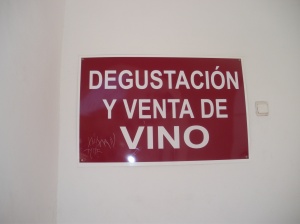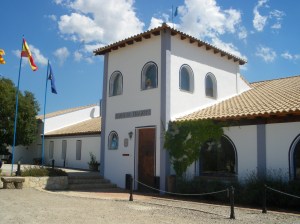I can’t believe it has been so long since I wrote on the Magpie Press but I have just returned home after a month on the move – first of all, in Ireland, doing Children’s Book Festival visits, and finishing up in Madrid with a fun visit to the British Council school in Pozuelo where I met about 120 bilingual seven and eight year olds and their enthusiastic teachers – thank you to the school director Gillian Flaxman and all her staff who made my visit such a pleasant one.
Then it was off to COBIS, the conference of the Council of British International Schools, which was being hosted at King’s College, in Soto, on the outskirts of Madrid. I was leading seminars for KS1 and KS2 teachers but also had the opportunity to meet many of the delegates. I was delighted to hear the opening address by Matthew Syed, the inspirational journalist and author of “Bounce – The Myth of Talent and the Power of Practice” and can’t wait to read his book.
I also had the greatest fun I’ve ever had at a conference, sitting in a baby chair in the hall in King’s College in Chamartin with thirty or forty Early Years teachers, listening to Alistair Bryce, a former headmaster and now author and educational consultant, talking about the impact on their attainment of getting children outdoors.
It was inspirational – I wasn’t sure if I wanted to go straight back into teaching or if I wanted to be a six-year-old again. He described how he got them building “small worlds”, like the project where the children first built a pretend toll bridge with construction blocks. Then they had to take to their bikes and pass through the bridge, select the REAL money from a bucket to pay their toll while the toll bridge keepers had to give out the right change. Everyone had a go as a toll keeper and as motorist and had a great day, learning about money and change and mental arithmetic on the sly, while they planned and cooperated on building their bridge. Alistair was brimming with ideas and had us all laughing like hyenas with his accents and affectionate imitations of the children he meets. Could he be Peter Kay’s handsome little brother?
On our shared taxi ride back to the hotel, Alistair told me that he has been commissioned to write a series of non-fiction titles for Bloomsbury over the next three years.
Look no further if you need an inspirational teacher/writer to come to your school or speak at your conference.
There was a nice surprise this morning when the postwoman arrived with copies of the second Witch-in-Training books, Spelling Trouble, which has just been published in Russian in a lovely little pocket edition.
And now it’s time to get back to my abandoned book about the Wrens, the twins who were not at all like one another.
I’ll be back soon.








